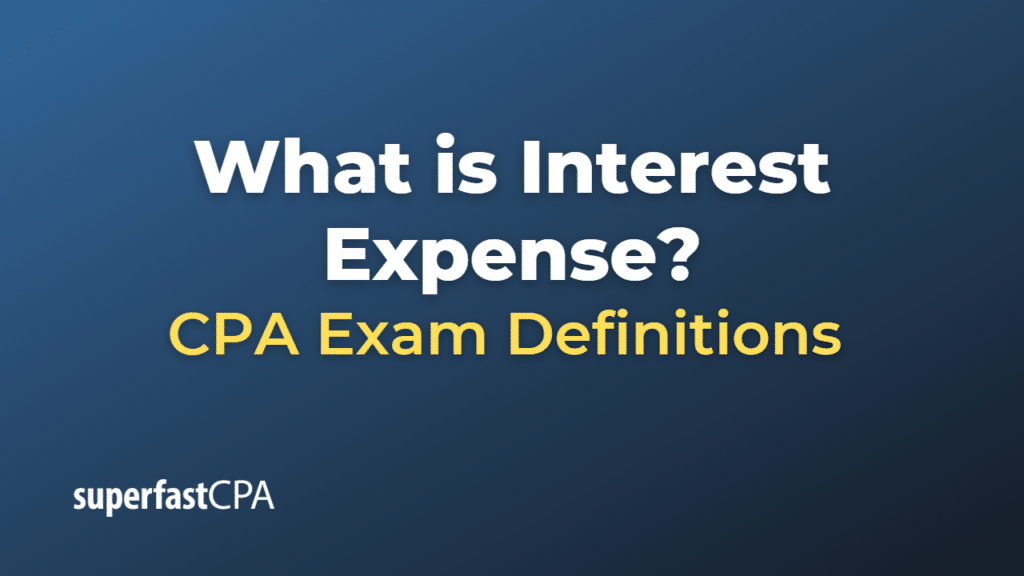Interest Expense
Interest expense is the cost incurred by an entity for borrowed funds. It is essentially the cost of borrowing money and is defined as the interest payable on any borrowings – bonds, loans, convertible debt, or lines of credit. It is accounted for on the company’s income statement, within the operating expenses or non-operating expenses, depending on the nature of the interest.
Interest expense is a critical item for both businesses and individuals. For businesses, it can influence decisions on whether to finance operations with debt or equity. It also has tax implications because interest expense on debt is generally tax-deductible for companies, meaning it can reduce the overall tax burden.
On the other hand, for individuals, interest expense is important to consider when taking out loans such as mortgages or student loans. The interest rate on the loan determines the total amount of money that will be paid back over time.
The formula for calculating interest expense is:
Interest Expense = Principal Amount x Interest Rate x Time
Where:
- Principal Amount is the amount of money that has been borrowed or invested.
- Interest Rate is the rate charged or paid for the use of the money, usually expressed as an annual percentage.
- Time is the period for which the money is borrowed or invested, usually expressed in years or fractions thereof.
Example of Interest Expense
Suppose a company takes out a loan of $1,000,000 from a bank to finance a new project. The terms of the loan include an annual interest rate of 5% and a loan period of one year.
The interest expense that the company would incur over the one year period can be calculated as follows:
Interest Expense = Principal Amount x Interest Rate x Time
= $1,000,000 (Principal) x 0.05 (Interest Rate) x 1 (Time in years)
= $50,000
Therefore, the company would recognize an interest expense of $50,000 on its income statement for that year. This represents the cost of borrowing the $1,000,000 needed for the project.
Keep in mind, in a real-world scenario, the calculation might be more complex due to factors like compounding interest or varying interest rates over the loan period. Additionally, the company would likely make periodic interest payments over the course of the year rather than a lump sum payment at the end. Nonetheless, this example illustrates the basic concept of how an interest expense is incurred and calculated.













